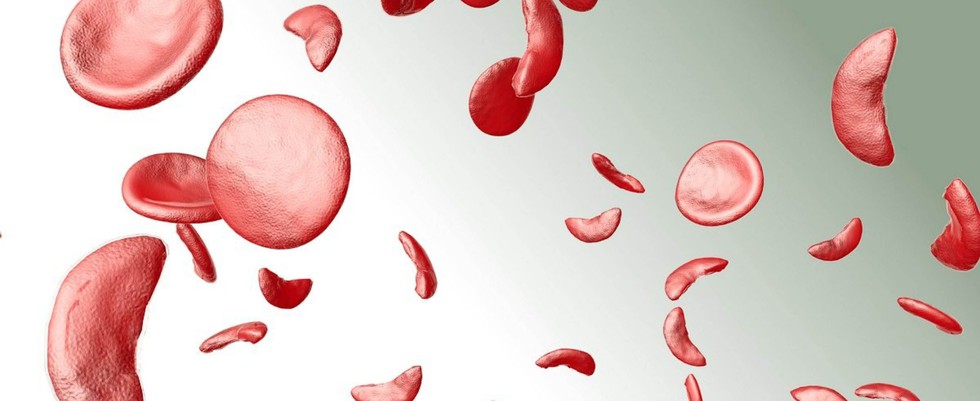
Sickle Cell Disease (SCD)

11.04.2025
Sickle Cell Disease (SCD)
|
For Prelims: About Sickle Cell Disease (SCD), How does it affect blood flow? |
Why in the news?
Scientists at Raman Research Institute (RRI) recently developed an affordable electro-fluidic device that aids in the preliminary screening of Sickle Cell Disease (SCD).
About Sickle Cell Disease (SCD):
- It is the most common inherited blood disorder that affects your red blood cells (RBCs).
- It is marked by flawed hemoglobin.
- Hemoglobin is the molecule in red blood cells (RBCs) that carries oxygen to the tissues of the body.
- Sickle cell disease interferes with the delivery of oxygen to the tissues.
How does it affect blood flow?
- Normally, RBCs are disc-shaped and flexible enough to move easily through the blood vessels.
- People with this disease have atypical hemoglobin molecules called hemoglobin S, which can distort RBCs into a sickle, or crescent, shape.
- These sickled RBCs do not bend or move easily and can block blood flow to the rest of the body.
- Additionally, sickle-shaped cells don’t last as long as normal-shaped RBCs, causing a constant shortage of RBCs and leading to anemia.
What causes it?
- SCD is caused by a variant (change) in a gene that has instructions for your body to make one part of the hemoglobin.
- This changed gene is sometimes called a sickle cell gene.
- People with SCD are born with two sickle cell genes, one from each parent.
- If you are born with one sickle cell gene, it's called sickle cell trait.
- People with sickle cell trait are generally healthy, but they can pass the defective gene on to their children.
Symptoms of the disease:
- Early stage: Extreme tiredness or fussiness from anemia, painfully swollen hands and feet, and jaundice.
- Later stage: Severe pain, anemia, organ damage, and infections.
TTreatments of the disease
- A bone marrow transplant (stem cell transplant) can cure sickle cell disease.
- However, there are treatments that can help relieve symptoms, lessen complications, and prolong life.
- Gene therapy is also being explored as another potential cure.
- The UK recently became the first country to approve gene therapy treatment for sickle cell disease.
Source: The Hindu
Consider the following statements regarding Sickle Cell Disease (SCD):
1.It is the most common inherited blood disorder that affects your red blood cells (RBCs).
2.It is marked by flawed hemoglobin.
3.Hemoglobin is the molecule in red blood cells (RBCs) that carries oxygen to the tissues of the body.
How many of the statements given above are correct?
A.Only one
B.Only two
C.All three
D.None
Answer C